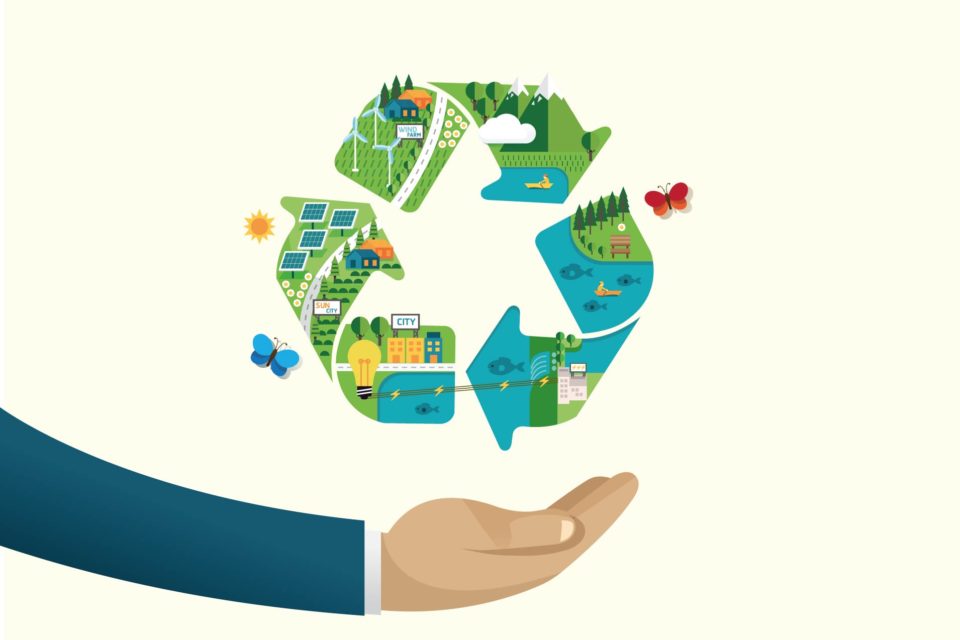Electronic garbage (also known as e-waste) is an increasing environmental and ecological threat, having negative consequences for air, water, and soil quality. People who work in e-waste dismantling and processing plants are also exposed to serious health concerns. While another World Environment Day approaches, this has been a regular agenda issue tossed about and argued on discussion sites (all year).
The problem of minimising e-waste is one that everyone should be aware of and commit to, and it all starts with knowing why we don’t want our old gadgets to end up in community landfills.All it takes is your willingness to avoid either tossing away or keeping your used devices in your closet or desk drawer.
As part of an overall e-waste management plan, the following activities can assist limit (and perhaps reduce) the problem of e-waste:
- Reduce the amount of e-waste produced:
Individuals and businesses may help minimise e-waste creation by opting to utilise their legacy devices (mostly IT equipment) instead of disposing them as e-waste through methods such as exchange, resale, donation, reallocation, and so on.
- Improve the handling of e-waste:
A more effective management of e-waste may be aided by building and implementing a better policy framework, particularly in developing regions/countries throughout the world. This covers, for example, safe e-waste processing and disposal procedures, transboundary e-waste transportation, accountability across the chain of e-waste custody, trace back systems, and e-waste documentation.
The high rate of e-waste creation can be slowed at the point of consumption if individual users and businesses adopt a “reuse more” mentality when it comes to electronic device usage.
A few scenarios that contribute to e-waste creation at the consumer level are as follows:
- Organizations send up their outdated gadgets to e-waste recyclers for shredding/degaussing and disposal.
- E-scrap vendors allow users to trash away or discard their outdated cellphones and computers in an inconspicuous manner.
- Without an e-waste policy framework in place, businesses can dispose of obsolete equipment.
By providing a method that allows devices to be reused, the number of instances of such e-waste creation scenarios can be decreased.
This process is enabled by data erasing software, which securely erases storage media such hard drives, PCs, solid state drives, servers, and rack-mounted devices. The deleted devices can be exchanged, resold, donated, reallocated, and so on, rather than being put into the e-waste creation stream.
Data erasure software, such as BitRaser Drive Eraser, provides a lot of usefulness and ease for erasing storage media while also ensuring that the erased media is safe for reuse, trade, donation, and so on.
Here are a few major reasons why BitRaser Drive Eraser can assist reduce the problem of unintentional e-waste generation:
Hard discs, SSDs, servers, and rack-mounted devices are all erased. BitRaser drive eraser software, together with its specific variations for mobile and file erasure, covers almost every popular storage medium. As a result, it can prevent a greater number and diversity of gadgets from becoming e-waste, allowing them to be sold on the secondary market.
BitRaser Drive Eraser is a certified data erasure programme that generates tamper-proof audit reports to assist companies comply with data protection requirements including SOX, GLB, HIPAA, ISO27001, EU-GDPR, and PCI-DSS. It ensures the main owners that the erased media is suitable for reuse, with no danger of data leakage or abuse, by adhering to international data erasure standards. Instead of being discarded as e-waste, used electronics can be reallocated, resold, or utilised in other secondary transactions.
Conclusion
E-waste management is a vital issue that the world faces today; the stakes for e-waste failure or mismanagement are high, with serious consequences. The rapid generation of e-waste, the lack of a safe disposal regulation framework, and users’ disregard for their own duties have created a perilous scenario.
If done consistently over time, exploring reuse options for electronics and good e-waste treatment can help control the e-waste problem. Data erasure software like BitRaser drive eraser might be a huge help in realising the prospect of recycling storage media like hard drives, computers, and servers.
Adoption of approved data erasure software not only allows devices to be reused, reducing e-waste creation, but also eliminates concerns about lingering data breaches from old devices.

